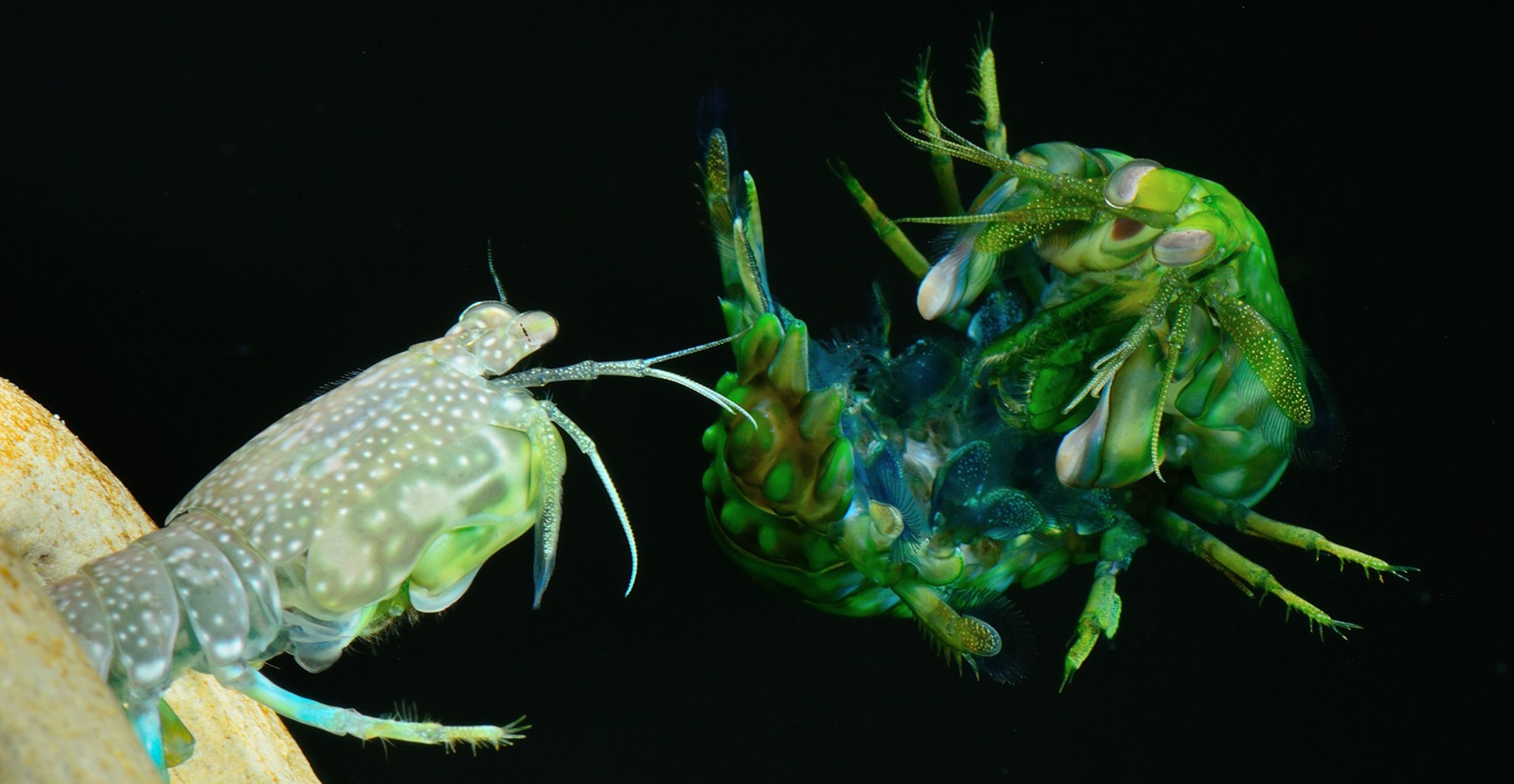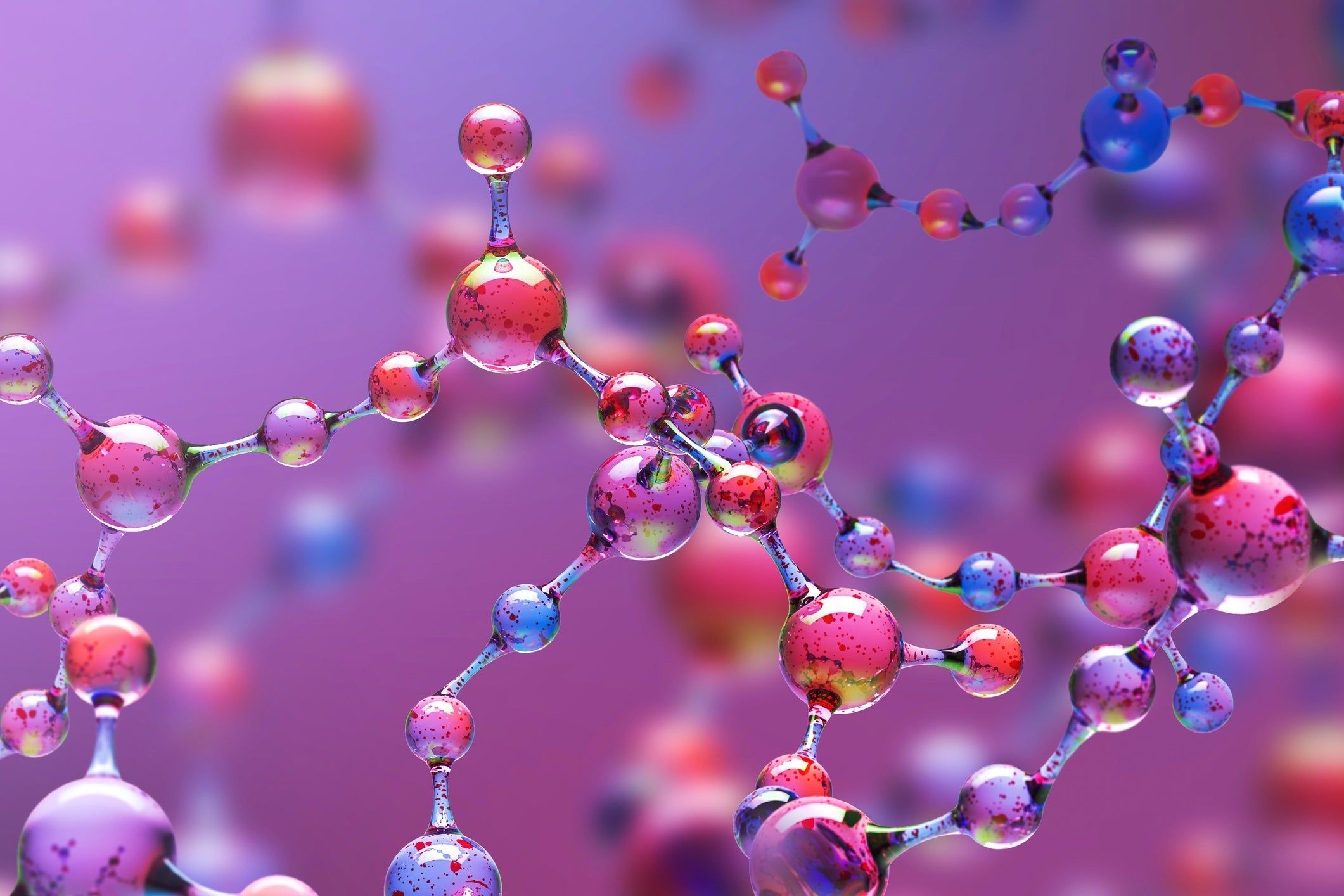What's Current in
Science + Technology
Image

Photo Credit
Michael Gurven
The Tsimane Health and Life History Project mobile field team, consisting of UCSB anthropologist Michael Gurven, center bottom, and including UCSB undergraduate researcher Tianyu Cao (far right), is composed of several Tsimane anthropologists, a Tsimane health promoter, as well as a Bolivian physician and biochemist.
Image
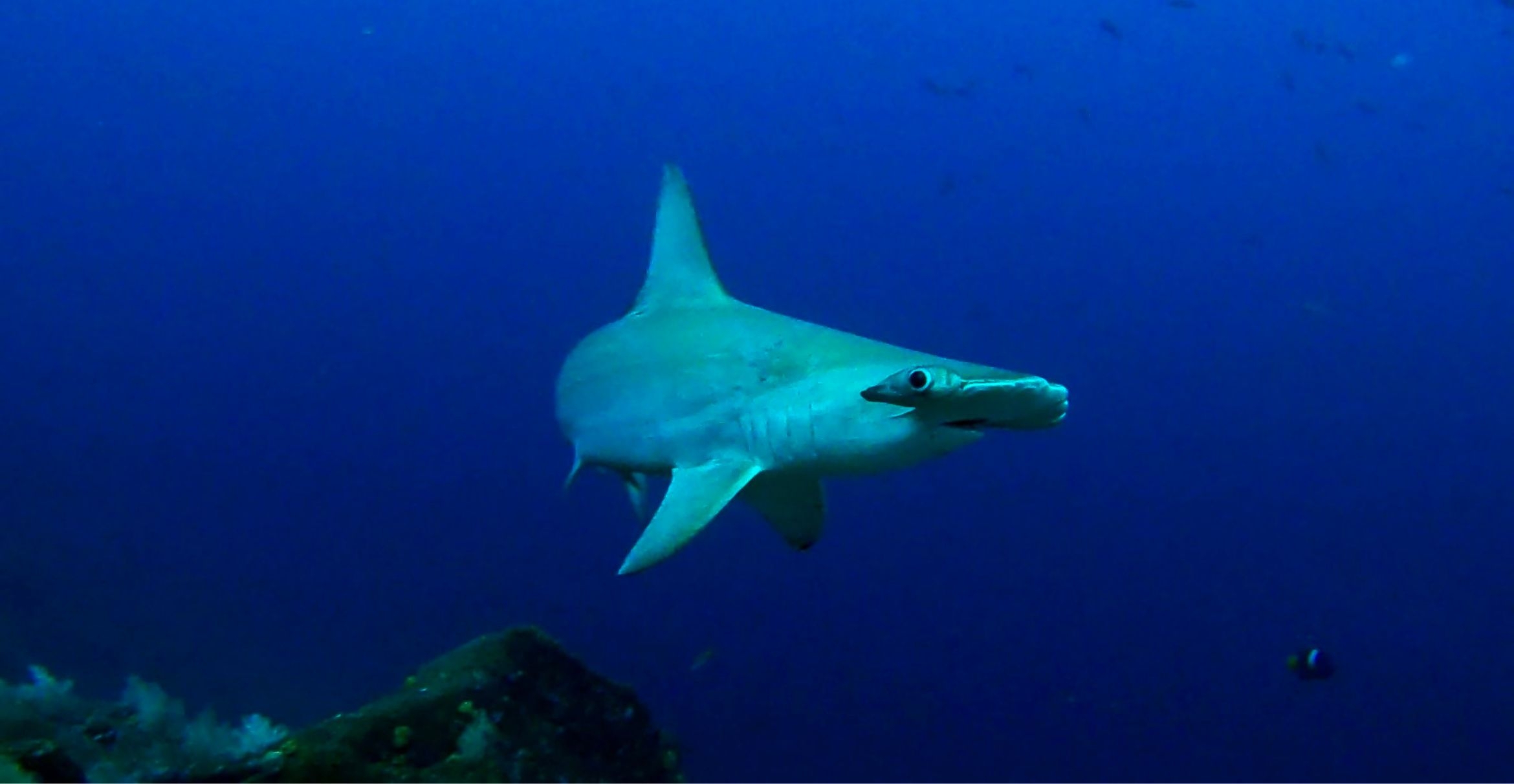
Photo Credit
Lopazanski et al.
The Galapagos Marine Reserve is one of many marine protected areas around the globe that safeguards biodiversity, cultural heritage and marine resources.
Image
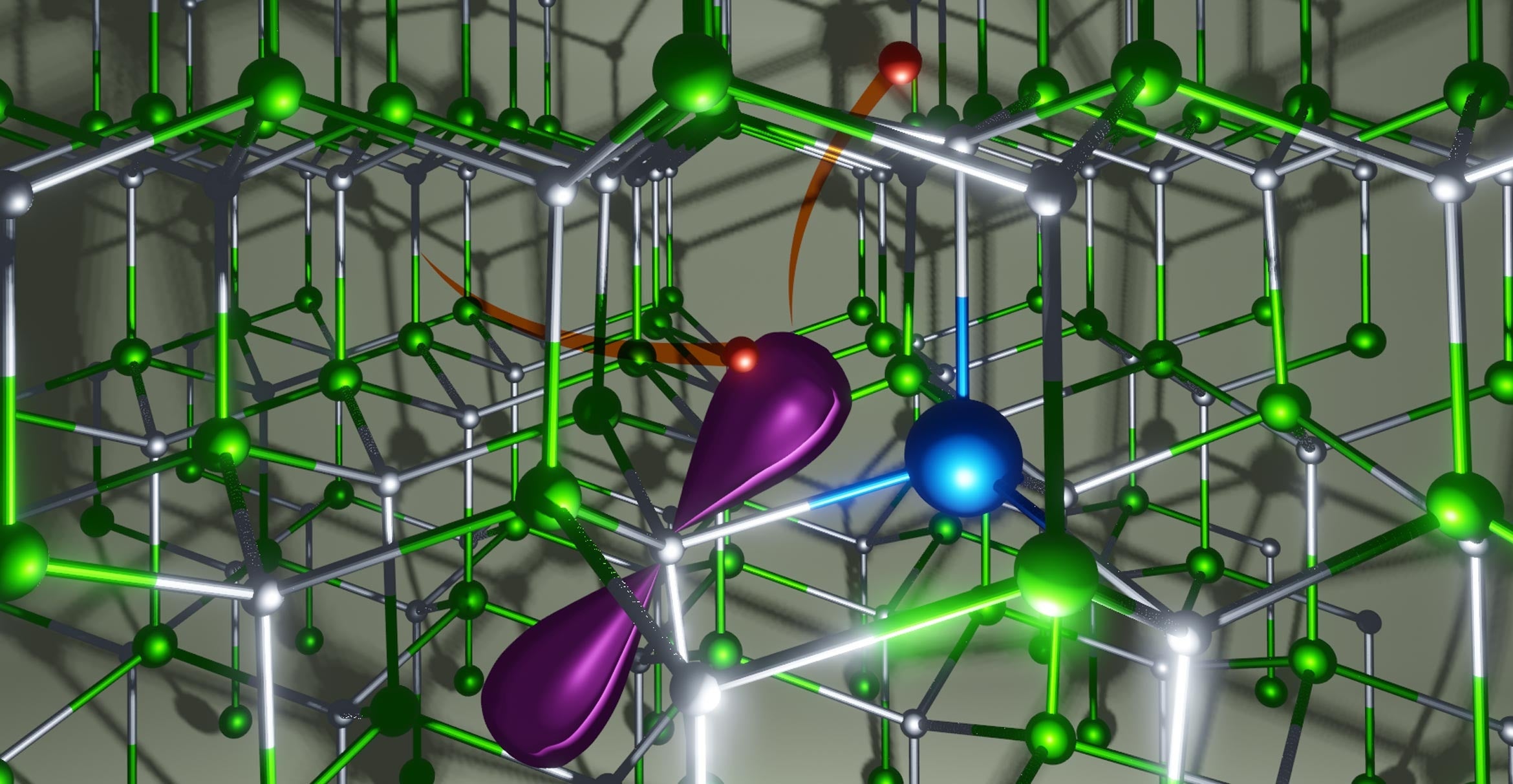
Photo Credit
Fangzhou Zhao
The trap-assisted Auger-Meitner effect allows for energy to be transferred to another electron.
Image
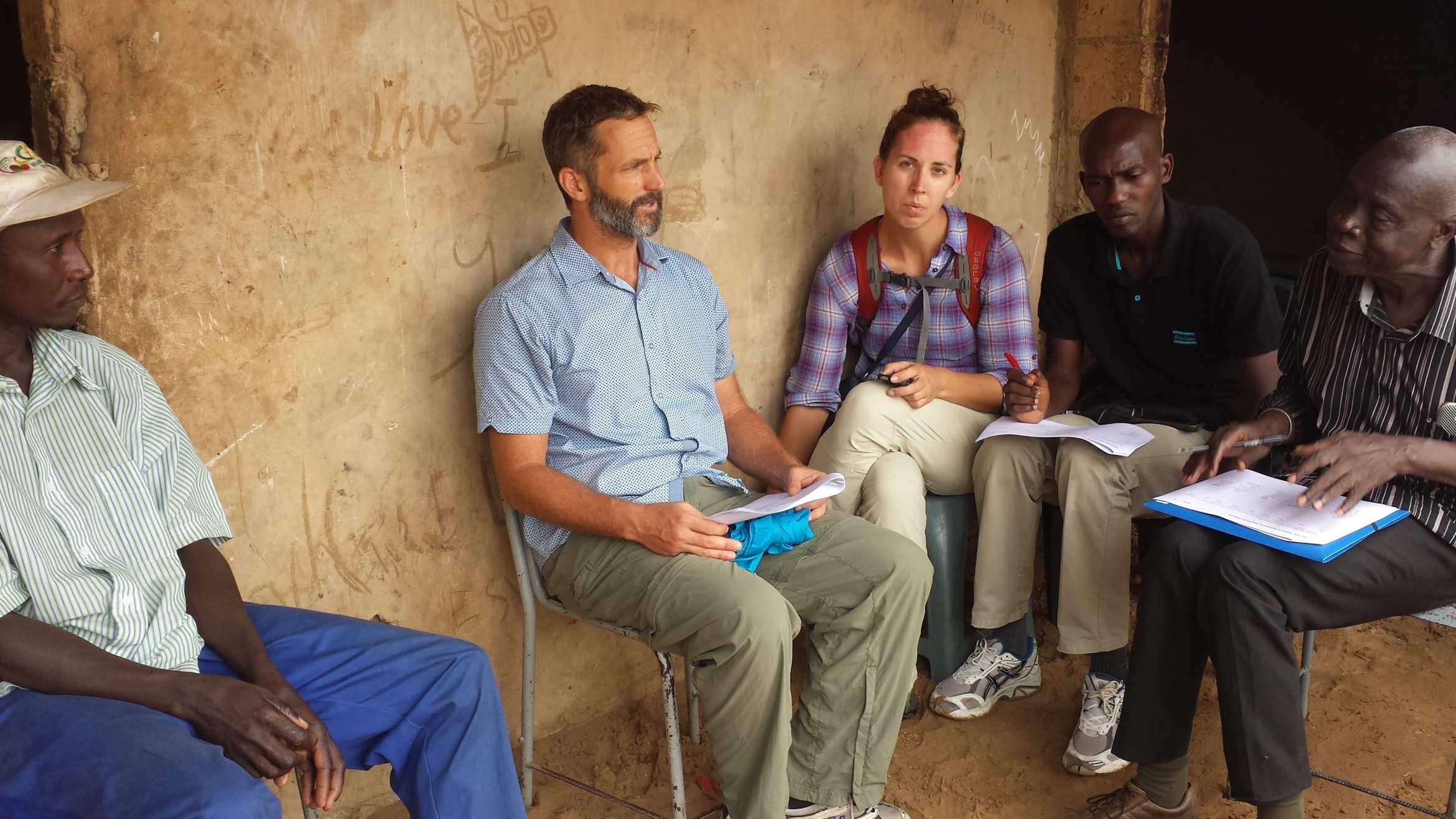
Photo Credit
Courtesy Image
UCSB geographer David López-Carr, center left, and Stanford University health and environmental scientist Andrea Lund, center right, working with Senegalese partners
Image
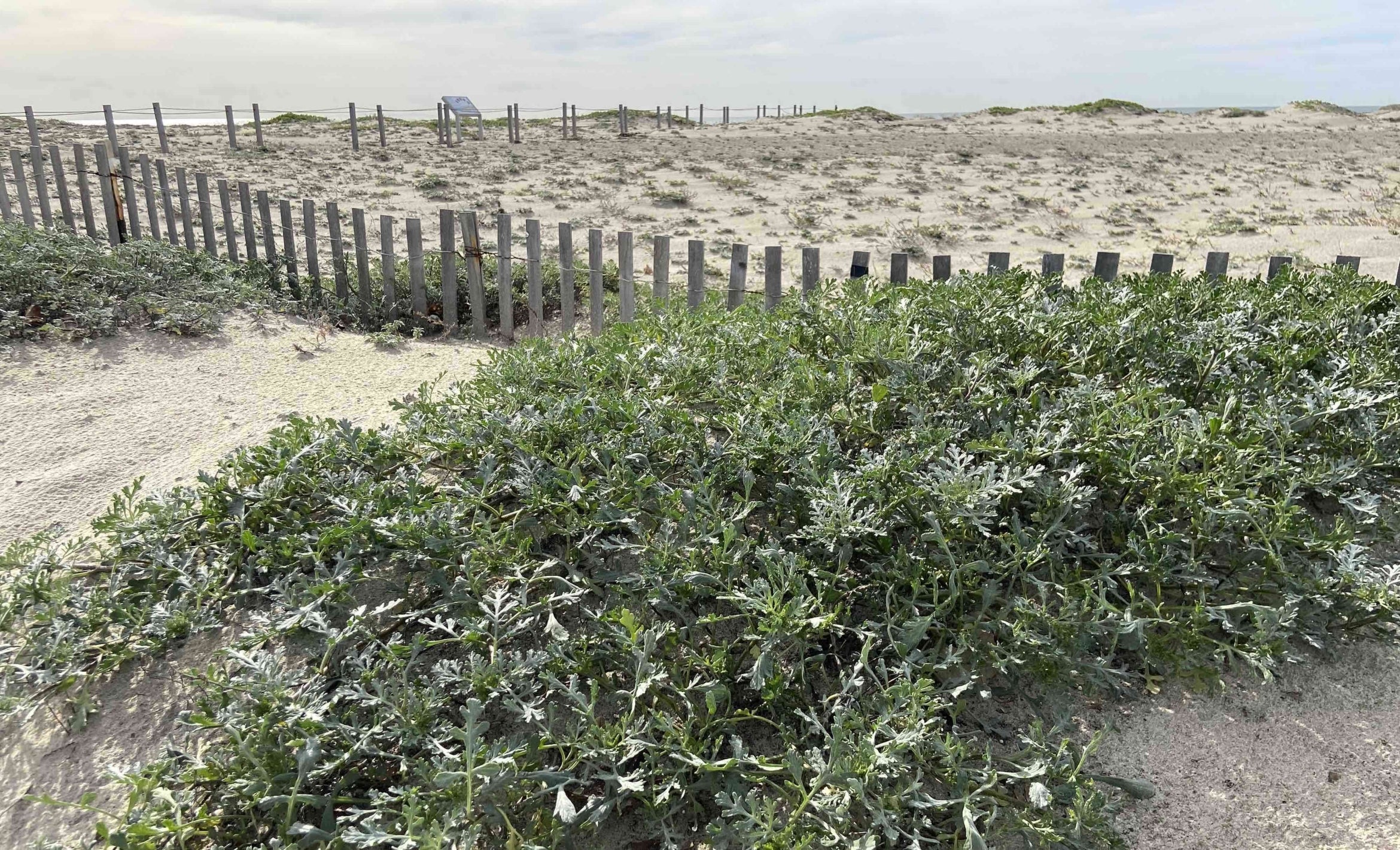
Photo Credit
Karina Johnston
Beach bur, a native plant that helped to form dunes on a section of Santa Monica Beach in Los Angeles
Image
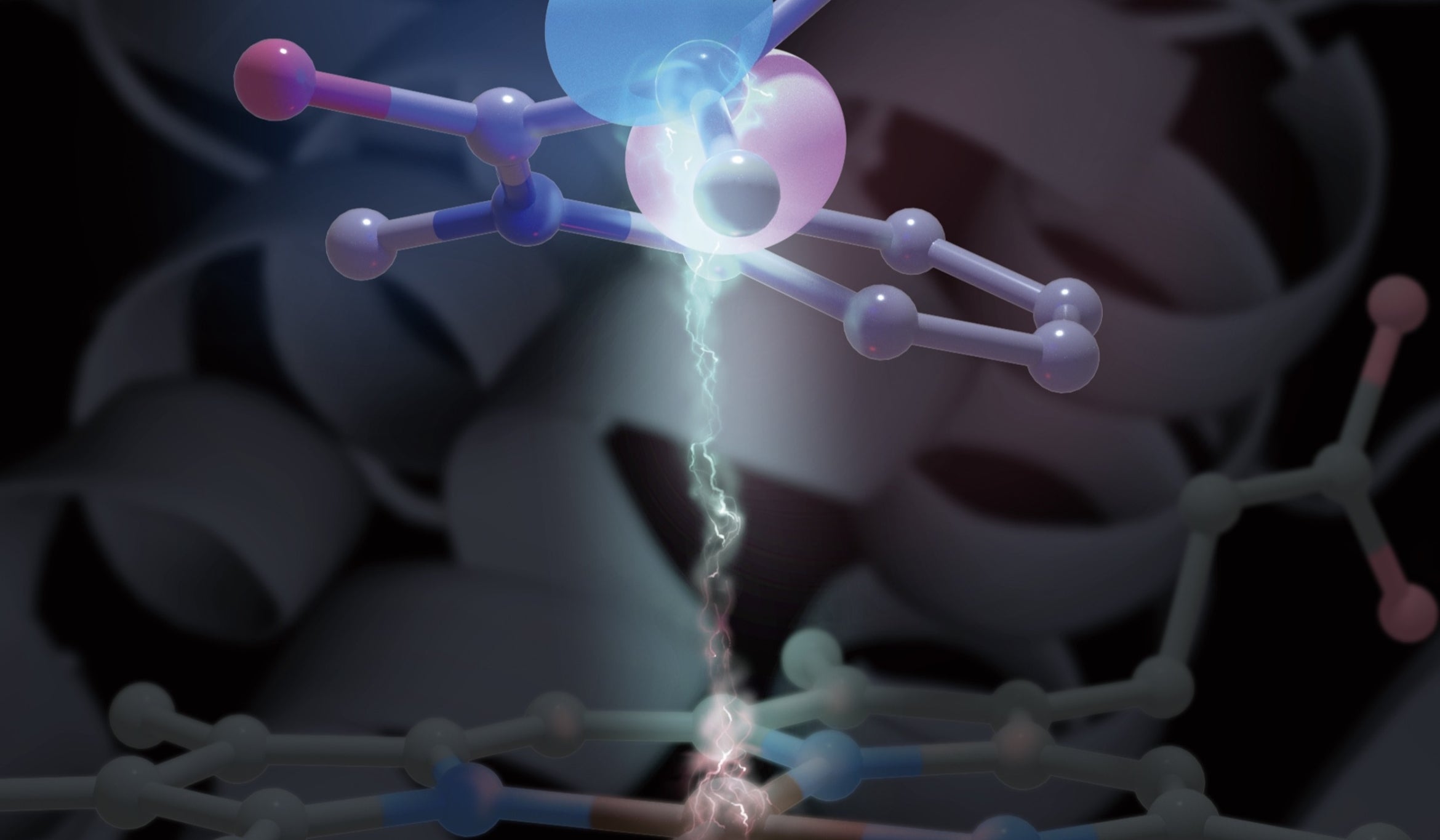
Photo Credit
Courtesy Image
Image

Photo Credit
Amelie Funk
Image
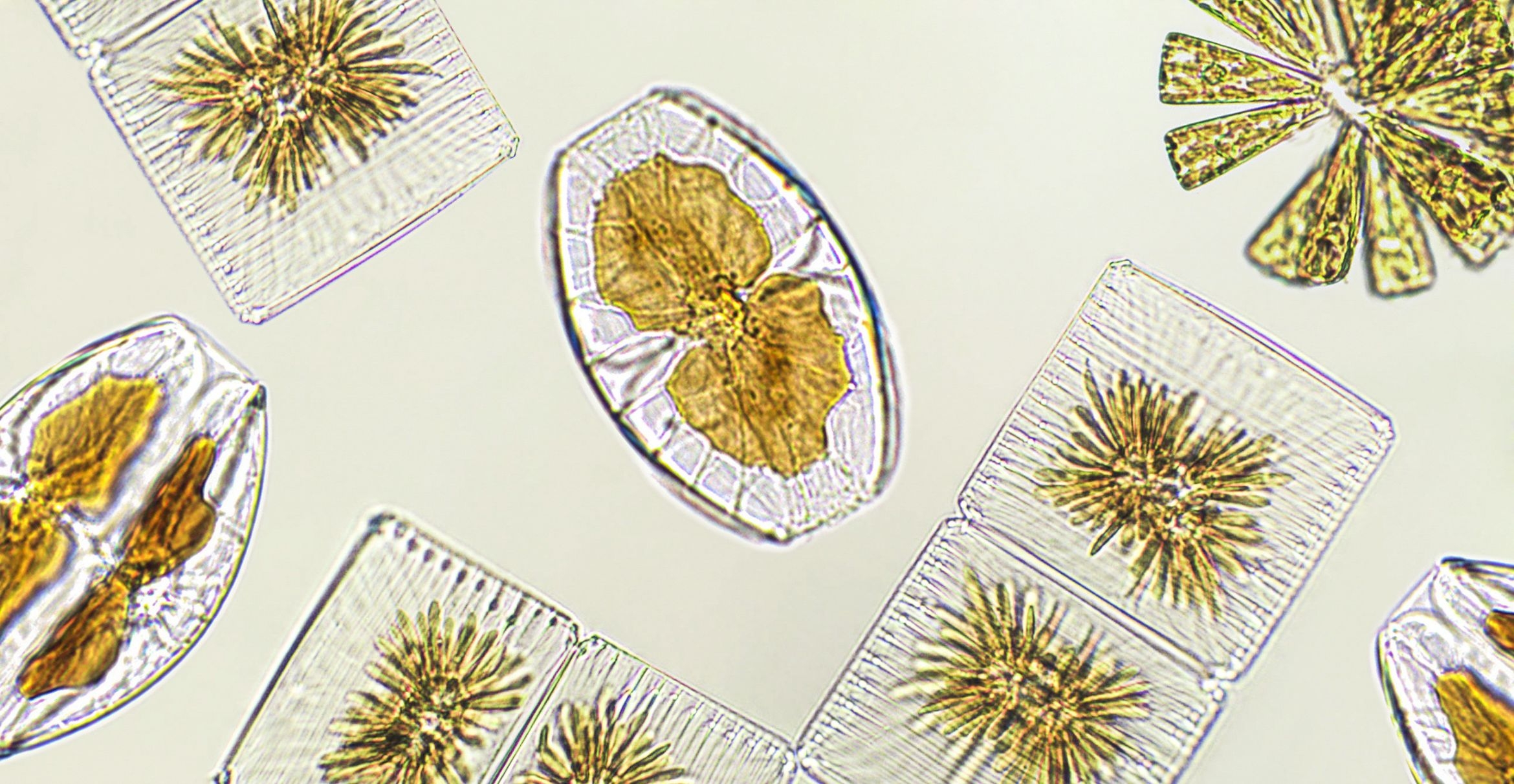
Photo Credit
Elif Bayraktar via iStock
Diatoms are one of the largest groups of phytoplankton, which serve as a foundation of the ocean’s food web.
Image
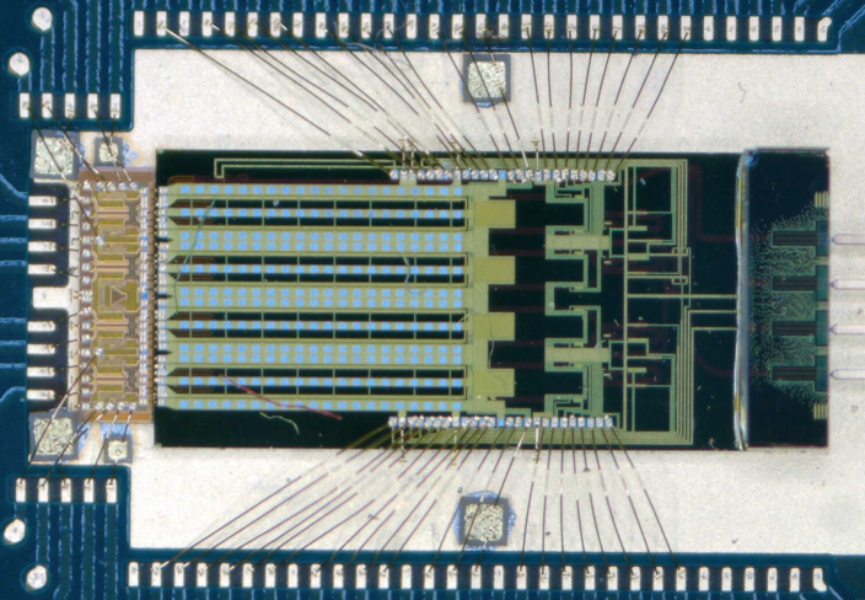
Photo Credit
Courtesy image
In this image of the newly developed transmitter assembly, the small, brownish chip on the left is the electronic integrated circuit (EIC), and the larger, black-and-gold chip on the right is the photonic integrated circuit (PIC). The long structure on the left side of the PIC is the modulator, which converts the electrical signal into an optical one. Light gets coupled into and out of the chip through the fibers on the right side of the PIC. Everything is mounted on a printed circuit board (PCB), with gold wire bonds connecting the chips. Data flows from left to right, where the incoming electrical signal gets amplified by the EIC, converted to an optical signal by the PIC, and sent out via fiber to its destination.
